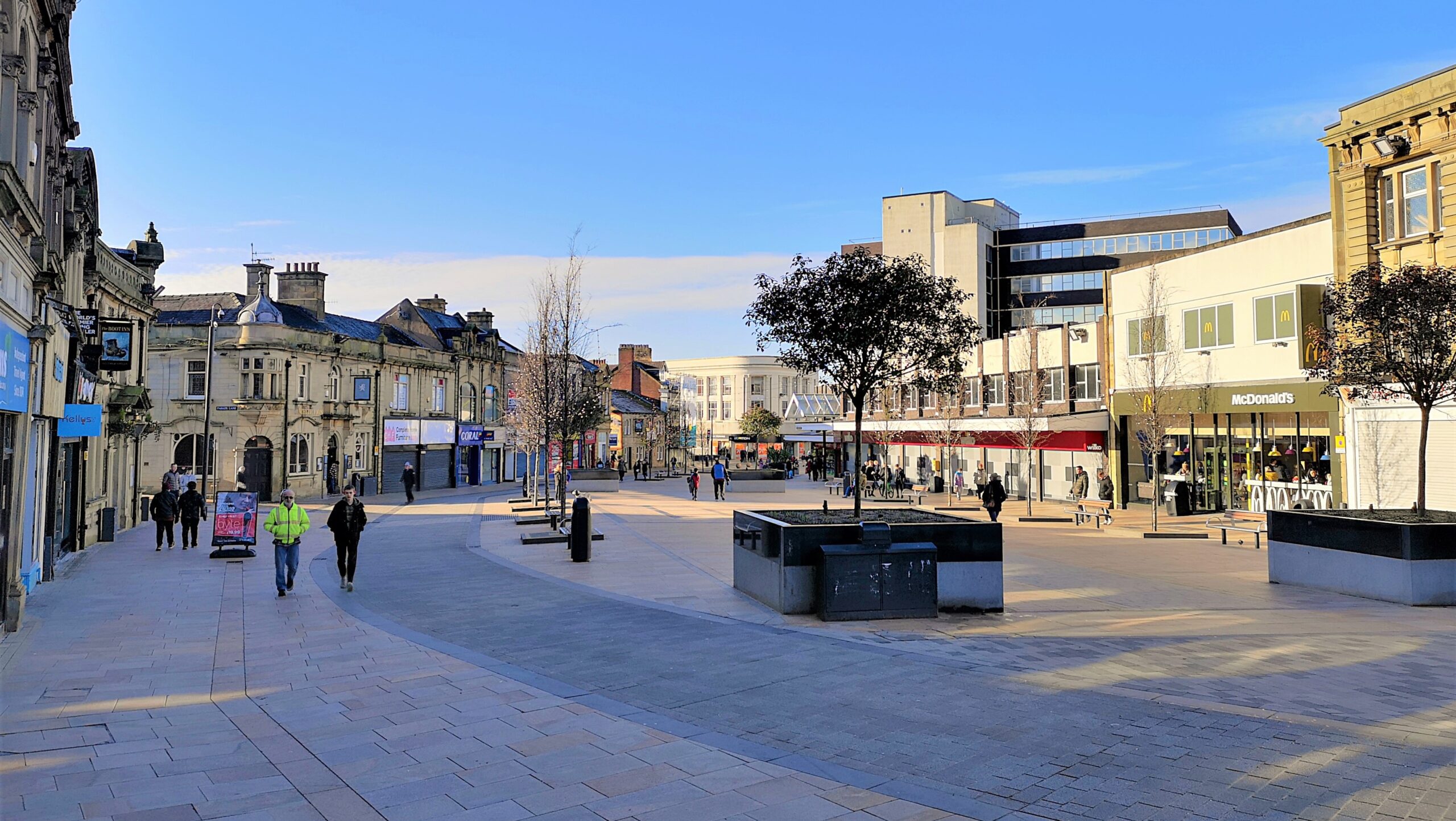
The Best Places to Buy a House in Burnley in 2024
We have enlisted the help of a local estate agent in Burnley Fardella & Bell to take a deep dive into the area. Aimee,...
The dream of buying a house can quickly turn into a nightmare if unexpected issues arise during the purchasing process. One issue that can cause headaches for homebuyers and cause issues with buying and selling property is Japanese Knotweed. In this article, we explore the risks associated with Japanese Knotweed, why it can pose problems […]
Lisa Best
22 January 2024
Table of Contents
The dream of buying a house can quickly turn into a nightmare if unexpected issues arise during the purchasing process. One issue that can cause headaches for homebuyers and cause issues with buying and selling property is Japanese Knotweed. In this article, we explore the risks associated with Japanese Knotweed, why it can pose problems when buying a house, and how to spot this invasive plant.
Table of Contents
Japanese Knotweed (Fallopia japonica) is a fast-growing, invasive plant that can cause significant damage to properties and landscapes. I know exactly what problems is can cause because I found it to be affecting one of my own properties back in 2019. The reason everyone worries about this plant is due to its aggressive nature, so it can cause issues with property transactions.
Here are ehe main risks associated with Japanese Knotweed:
Japanese Knotweed has a robust and extensive root system that can penetrate through concrete, which could weaken building foundations. This can lead to structural damage to properties.
The presence of Japanese Knotweed can significantly reduce the value of a property, due to the risks associated with it and the fact that it can make it difficult to sell on or get a mortgage. Many potential buyers are also hesitant to invest in a home that comes with the burden of dealing with this invasive plant.
Lenders are often cautious about offering mortgages on properties affected by Japanese Knotweed due to the potential for structural damage. This can make it challenging for buyers to secure financing for such properties. I even had a mortgage refused due to Japanese Knotweed being within 7m of my property.
Mortgage lenders carefully assess the condition of a property before approving a mortgage. The presence of Japanese Knotweed may lead to additional inspections, delays, or even mortgage rejections.
Dealing with Japanese Knotweed requires professional treatment, which can be costly. The responsibility of eradicating the plant often falls on the property owner, leading to financial implications that can affect the buying process.
Japanese Knotweed is highly invasive and can spread rapidly. If not addressed promptly, it can impinge on neighbouring properties, leading to legal disputes and further complications.
Identifying Japanese Knotweed early is crucial for addressing the issue before it causes significant problems. Here are some key characteristics to help you spot Japanese Knotweed:
Distinctive Appearance: Japanese Knotweed has bamboo-like and zig-zag stems with red speckles, large spade-shaped leaves, and creamy white flowers. It’s a perennial plant that can grow up to 10 feet tall.
Seasonal Changes: Japanese Knotweed changes appearance throughout the seasons. Look for red shoots in spring, large green leaves in summer, and clusters of small white flowers in late summer and early fall. It can be difficult to spot during winter months as it dies back, leaving bamboo like canes.
Habitat: Japanese Knotweed often thrives near water sources, such as riverbanks, but it can also be found in gardens, roadsides, and other areas, such as alleyways.
If you find or suspect Japanese Knotweed on your property (or within 7m), don’t panic! There are steps you can take to get rid of this plant and although you can’t get rid of or dispose of it yourself (it has to be removed professionally as it is considered controlled waste), it is treatable!
The first is using herbicide to spray the leaves or inject the stems. This is a long-term treatment plan and the process is repeated every year for 3-5 years, with annual checks from a specialist. This method of treatment can cost from around £1,000 to £6,000 and depends on the size of the area to be treated. It is important to note that with this method, the root isn’t removed so although treated, there is always a chance of the plant growing back at some point in the future.
Top Tip: If the plant is affecting several neighbours, you may be able to split the cost of the treatment plan if all are in agreement.
The next method is excavation, which is very effective as the plant is entirely removed as controlled waste, but it can be more expensive. Controlled waste can only be removed to licensed waste facilities (so don’t put it in your green waste bin). During this process, your contractor should dig out the visibly impacted area and extend the dig to around 2 or 3 metres, to remove all roots of the Japanese Knotweed. Average prices for this process can range from £7,000 to £15,000 and again depends on the size of the area.
If you are selling your house, you will also need to declare the presence of Japanese Knotweed on your TA6 form.
Awareness of the risks associated with Japanese Knotweed is crucial for both homebuyers and property owners. If you’re considering buying a house, it’s essential to include a thorough inspection for this invasive plant in your due diligence process. Be sure to check out the TA6 form! Early detection and professional treatment can help mitigate the risks and ensure your house purchase goes through smoothly. Always consult with experts if you suspect the presence of Japanese Knotweed on a property you’re interested in to make informed decisions about the purchase.
From mortgages and insurance to viewings, offers, exchange and completion, our Buyers’ Guide will take you through everything, step by step, from start to finish.
© Copyright Propertyable 2024. All rights reserved.